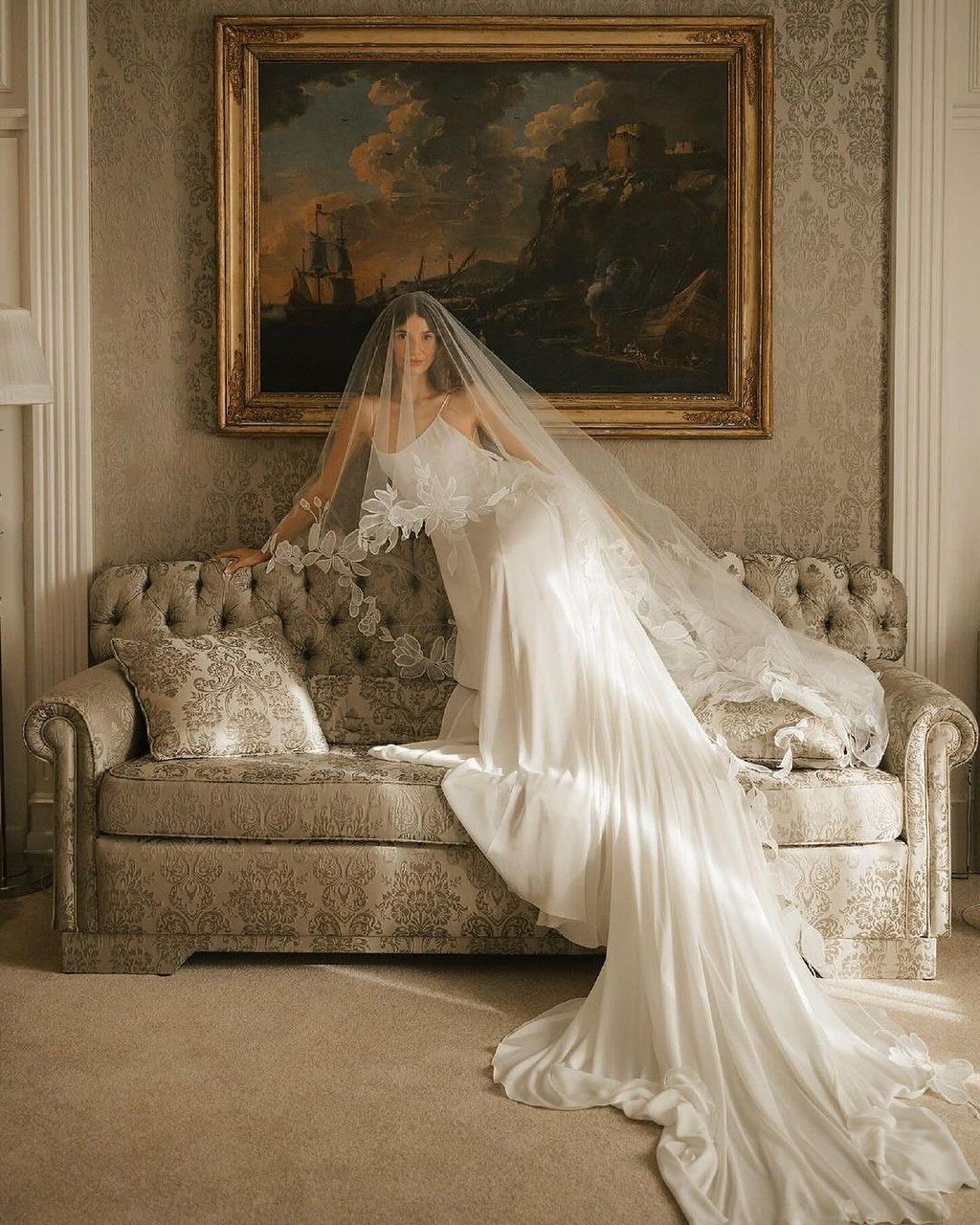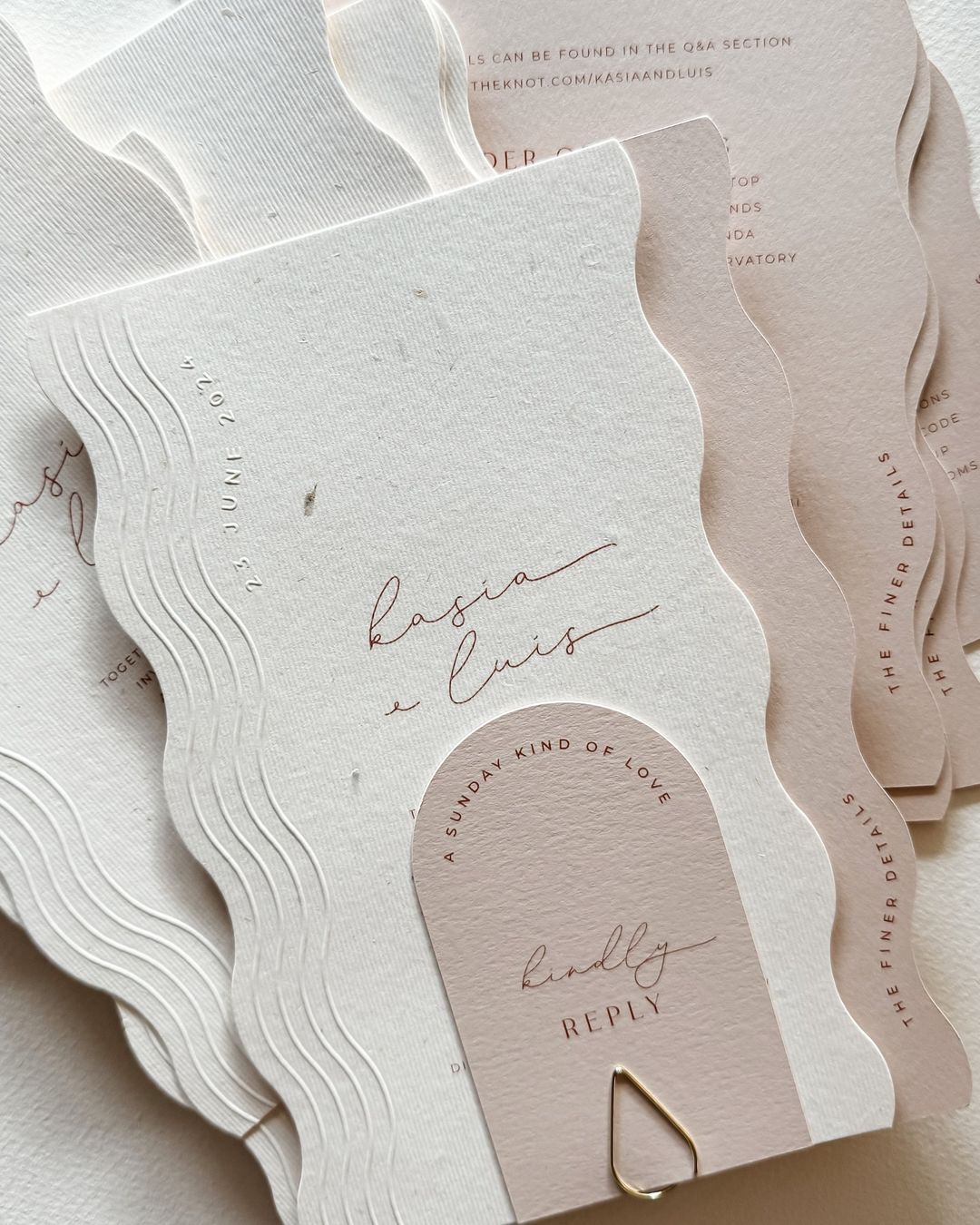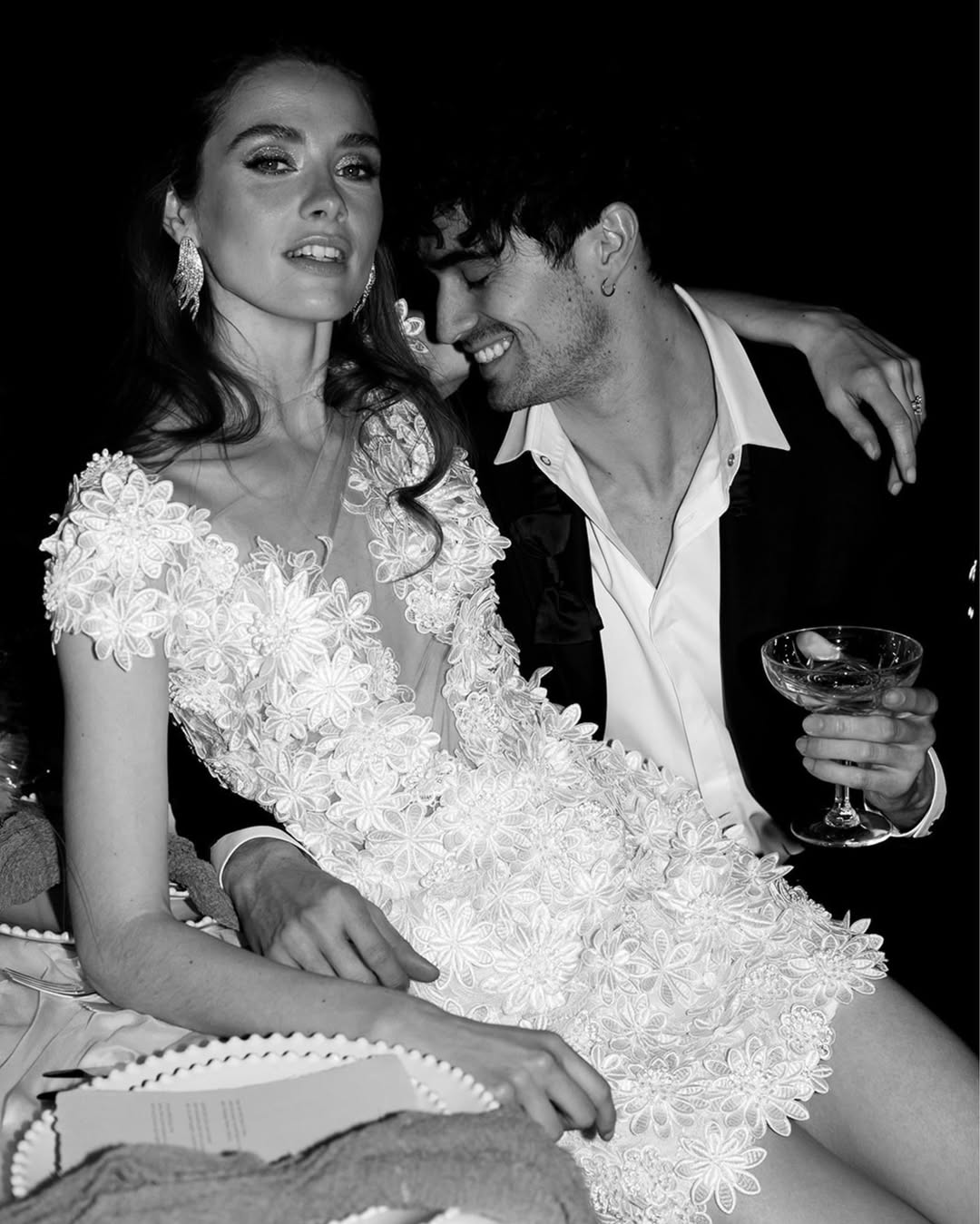12 Arab Muslim Wedding Traditions
- Author: Natali Grace Levine
- Reading time: 6 min 12 sec
- Publication date: 11/30/2024
- Updated: 01/07/2025
Arab Muslim weddings are a vibrant celebration of love, faith, and tradition, weaving together rituals that have been cherished for generations. From the engagement to the final feast, every step reflects the couple’s commitment and the importance of family and community. Here are 12 meaningful Arab Muslim wedding traditions that beautifully showcase cultural heritage and religious devotion.

1. The Engagement Ceremony
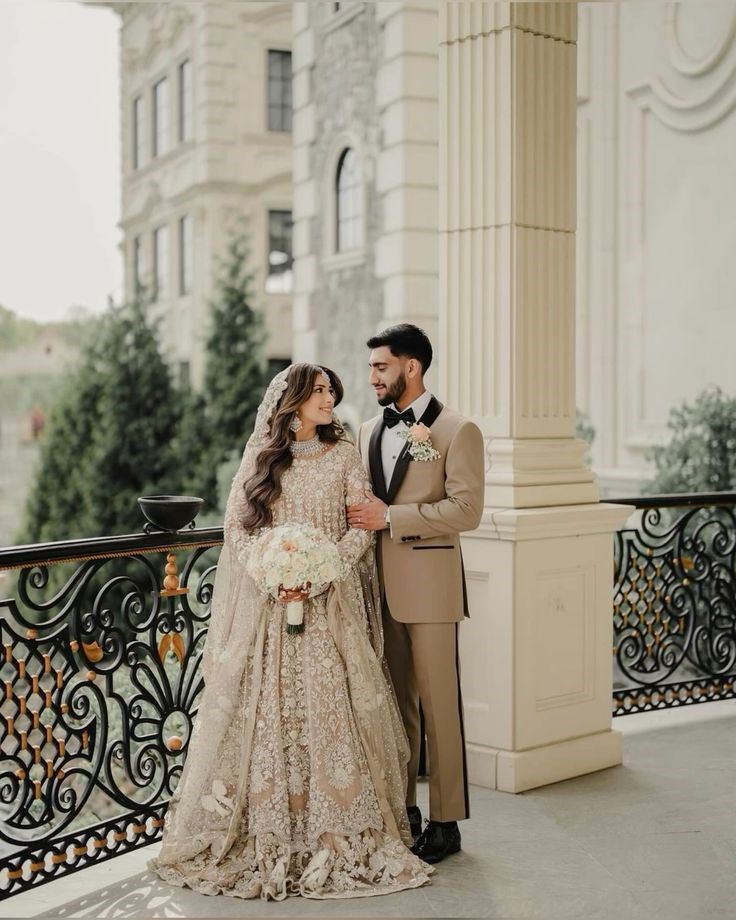
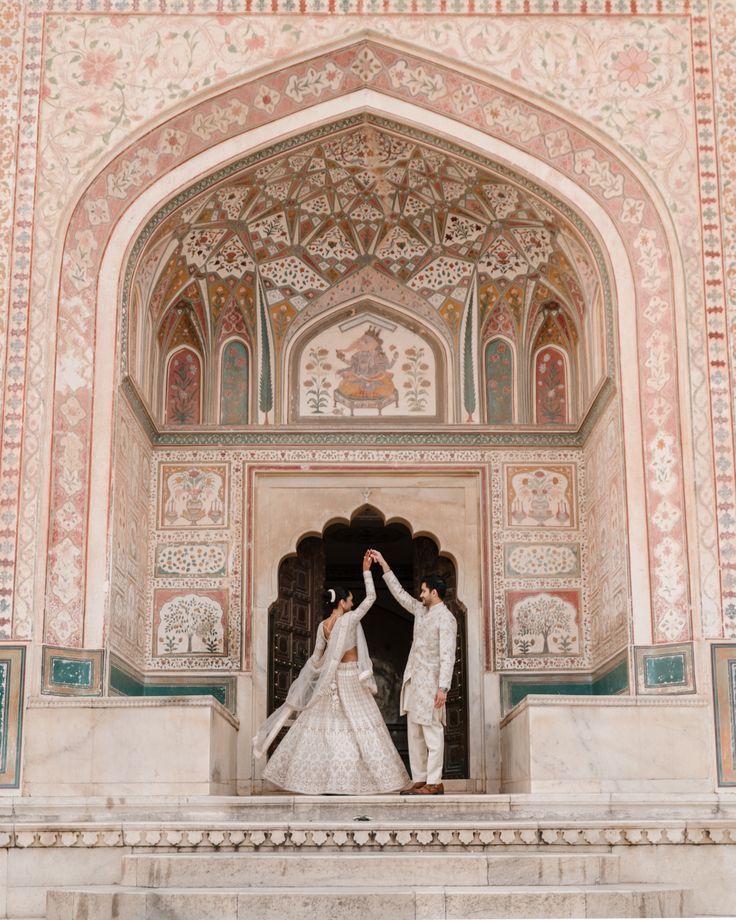
The khutbah, or engagement ceremony, marks the official proposal and acceptance between the bride and groom. This event often involves both families gathering to discuss wedding details and celebrate the forthcoming union. Prayers and blessings are offered to seek Allah’s guidance for a successful marriage. The groom typically presents gifts to the bride, such as jewelry or clothing, as a token of love and commitment. Traditional sweets and tea are shared, symbolizing the sweetness of the couple’s future together. The khitbah is not only a joyful occasion but also a chance to strengthen bonds between families.
2. The Henna Night
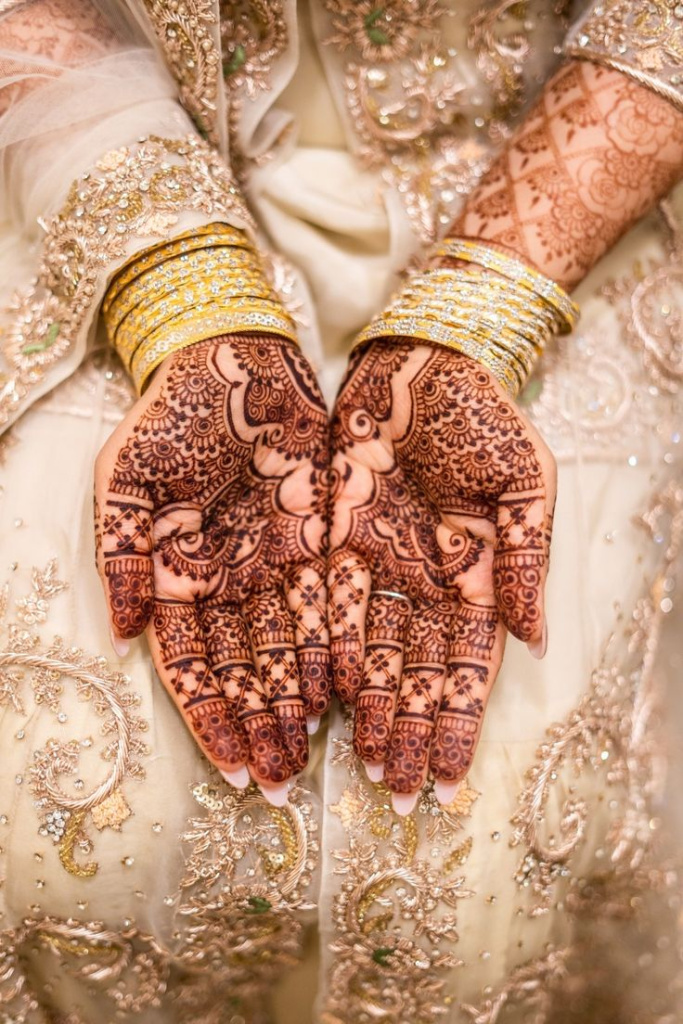
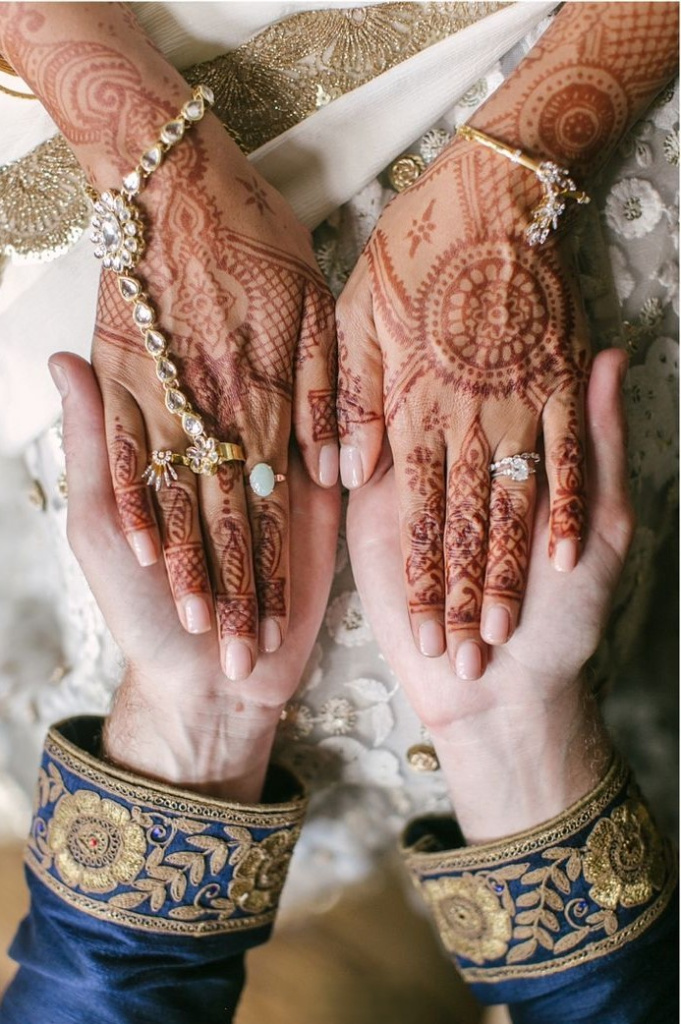
Henna night is a colorful and lively celebration held just before the wedding. Female relatives and friends of the bride gather to apply intricate henna patterns on her hands and feet, often incorporating symbolic designs of good luck and protection. This ritual is accompanied by singing, dancing, and traditional food, creating an atmosphere of excitement and joy. The bride often wears a beautiful outfit in shades of green or gold, which are considered auspicious colors. Henna night is not just a beauty ritual but also a spiritual act, as the henna is believed to ward off evil spirits. For the bride, it’s a moment to connect with loved ones and celebrate her transition into married life.
3. Katb Kitab – The Marriage Contract
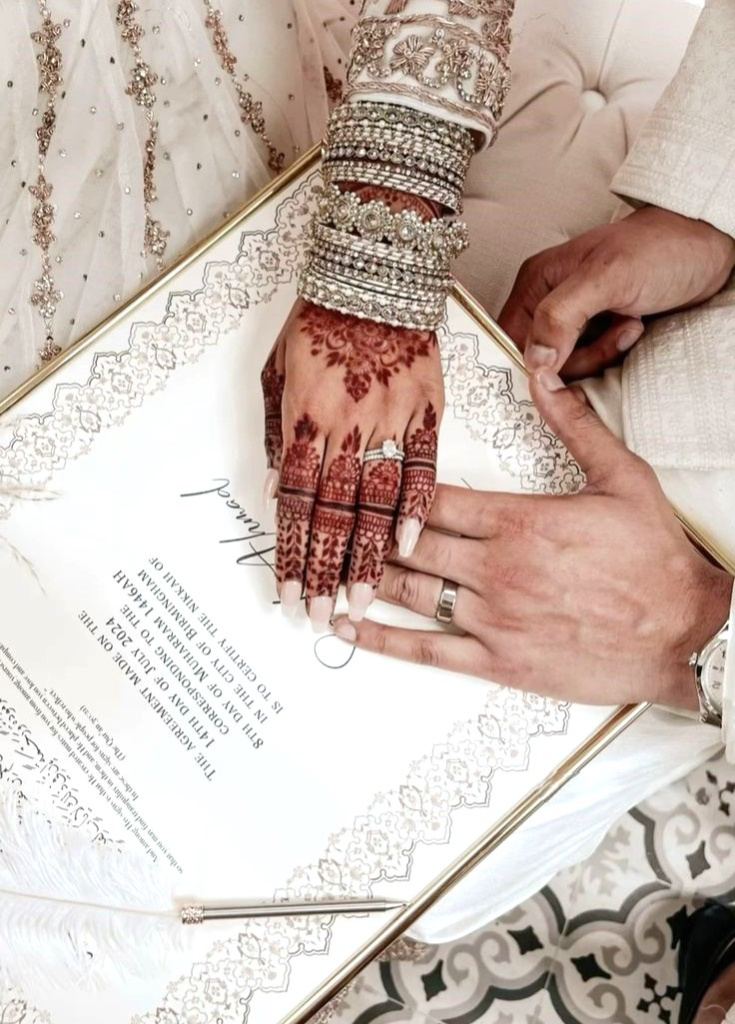
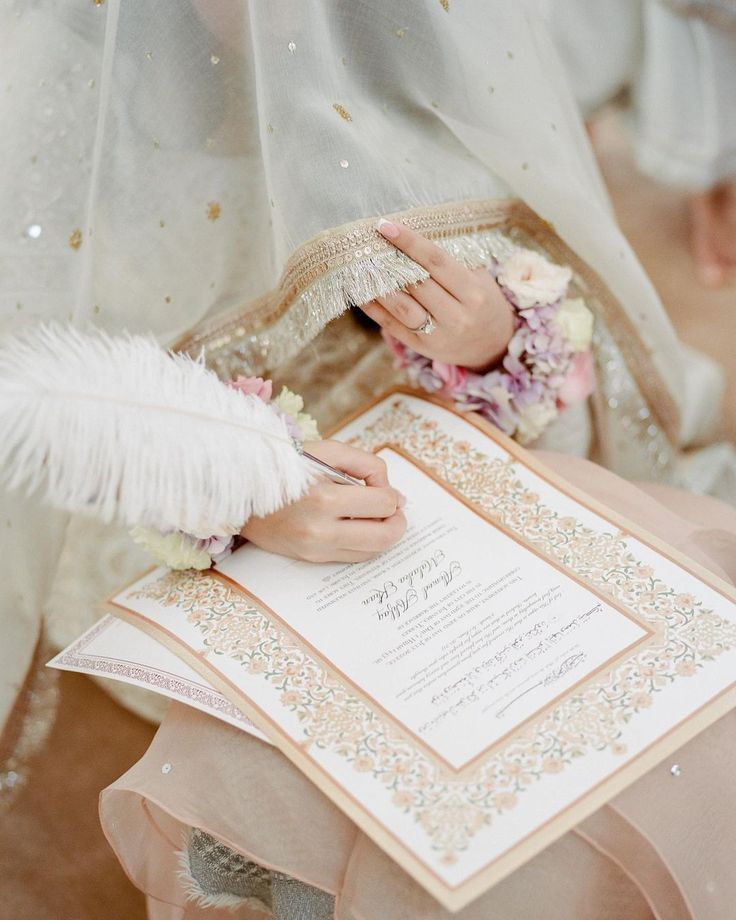
The katb kitab is the religious and legal cornerstone of an Arab Muslim wedding. During this ceremony, the bride and groom sign the marriage contract in the presence of an imam and two male witnesses, solidifying their union by Islamic law. Quranic verses are recited, and the couple publicly declares their consent to marry. The ceremony is often intimate, attended by close family members, and emphasizes the spiritual significance of marriage. Gifts or a dowry, known as the mahr, are presented by the groom as part of the agreement. This ritual not only marks the beginning of a shared life but also highlights the sacredness of the marital bond in Islam.
4. The Zaffa Procession
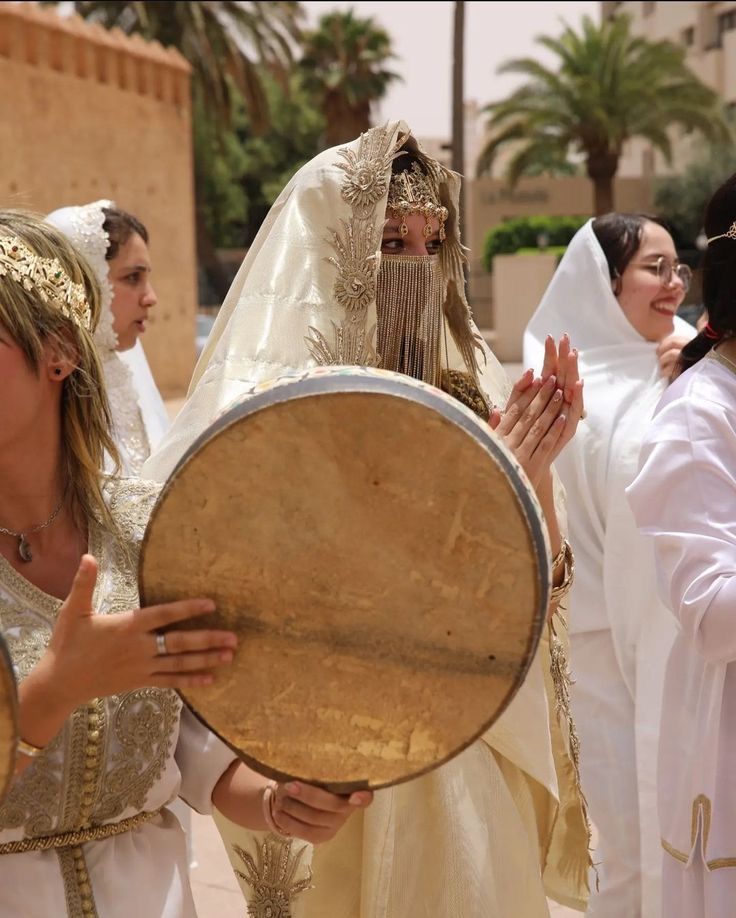
The zaffa is a vibrant procession that announces the bride and groom’s arrival at the wedding venue. Accompanied by traditional music, drums, and cheers from family and friends, the zaffa creates a festive atmosphere full of energy and excitement. In some cultures, professional musicians or dancers lead the procession, adding a dramatic touch. The bride and groom often wear regal attire, enhancing the grandeur of the moment. This tradition symbolizes the community’s joy and support for the couple as they embark on their new journey. The zaffa sets the tone for the wedding celebration, blending cultural pride with modern creativity.
5. The Bridal Dress and Jewelry
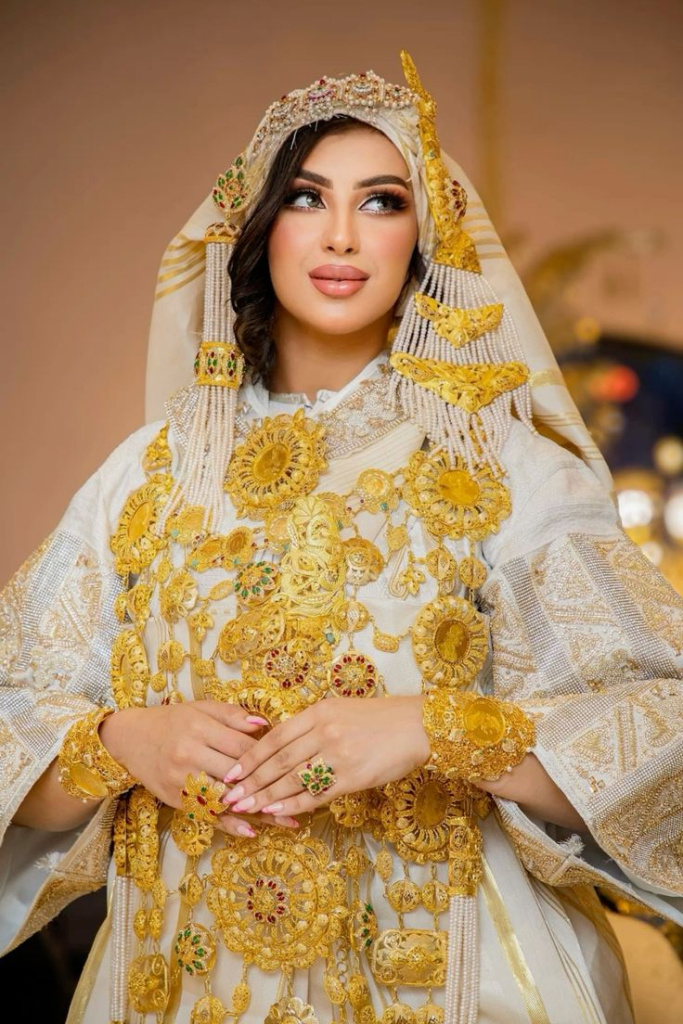
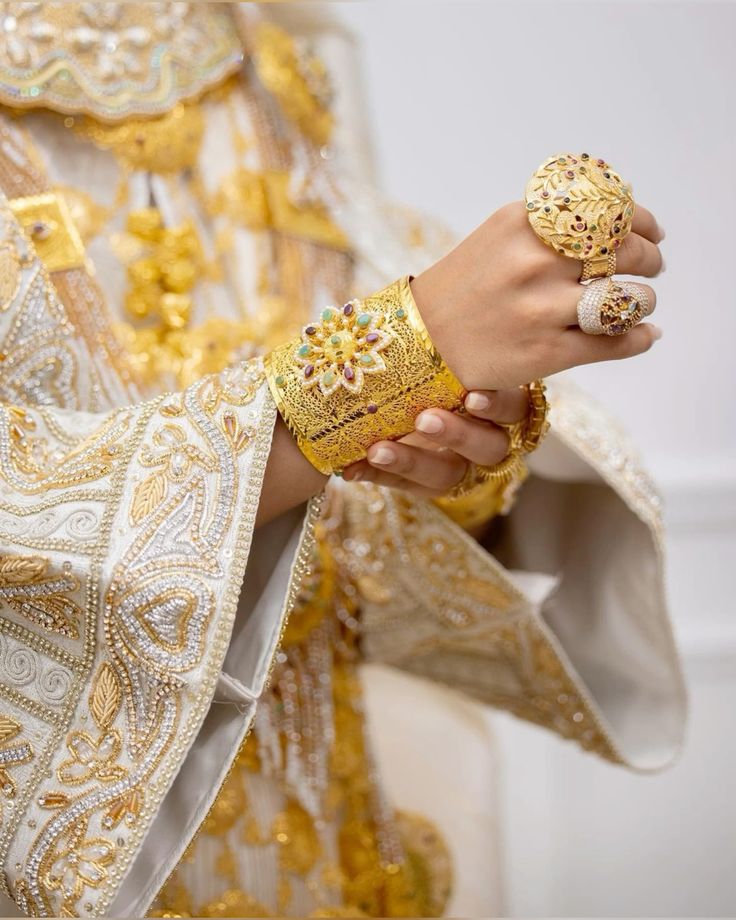
Arab Muslim brides often wear stunning dresses that reflect their cultural heritage, ranging from richly embroidered gowns to traditional kaftans. The dress is often paired with intricate gold or gemstone jewelry, which symbolizes wealth, prosperity, and blessings for the couple’s future. Brides may also adorn themselves with accessories such as headpieces or bangles that carry cultural or familial significance. The bridal look is meticulously planned to highlight the bride’s beauty and celebrate her unique identity. This tradition emphasizes the importance of appearance and presentation on such a significant day. Each piece of the ensemble tells a story, blending modern fashion with deep-rooted customs.
6. Amariya
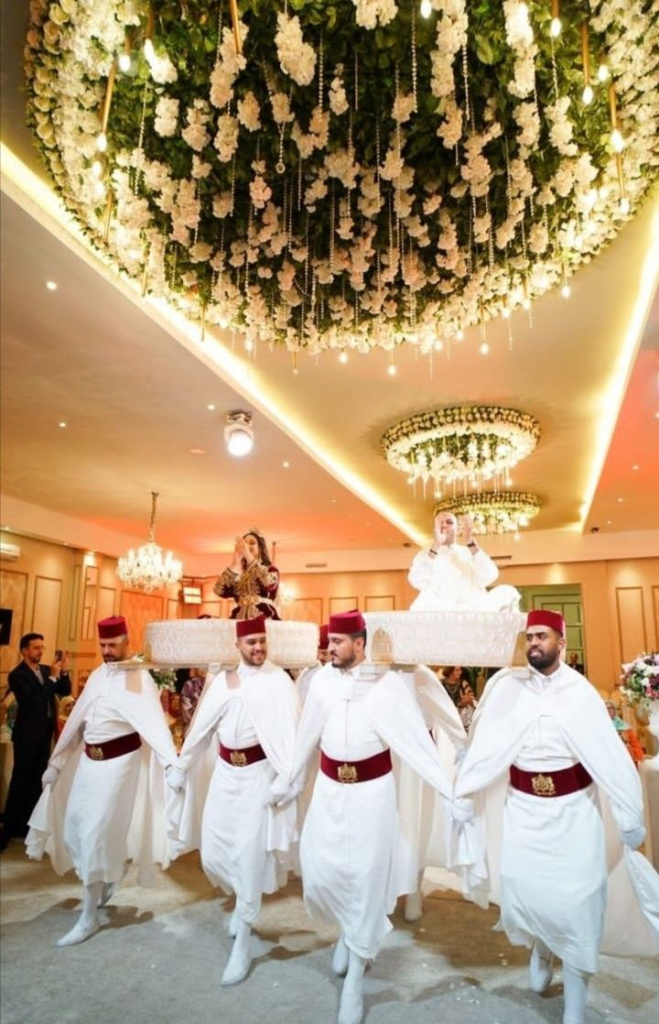
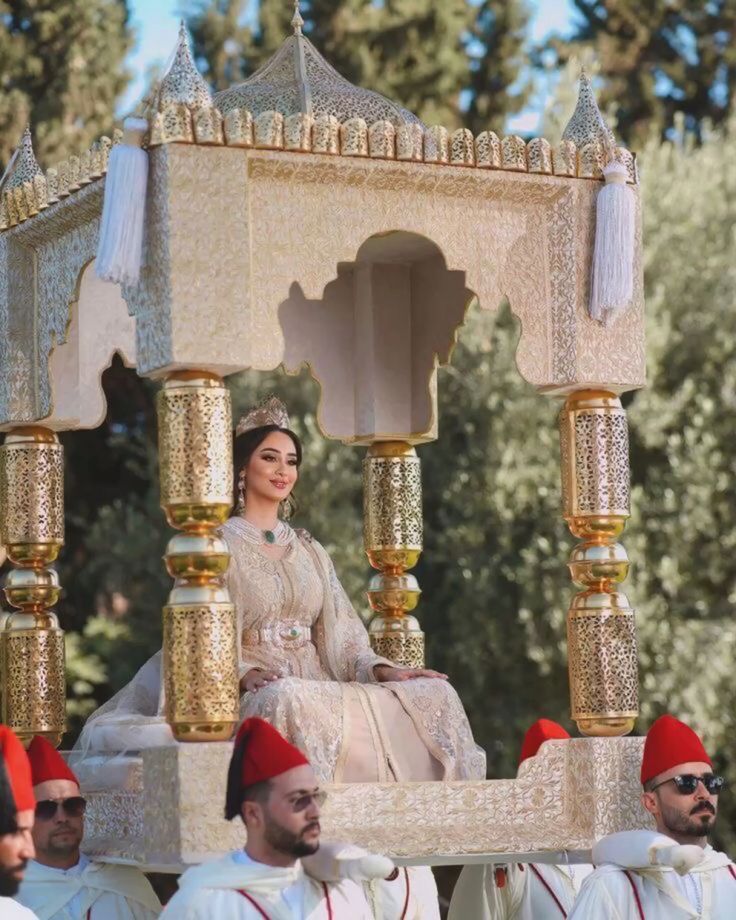
The Amariya is a cherished tradition in many Arab, particularly Moroccan, weddings. During this custom, the bride and sometimes the groom are seated on beautifully decorated platforms or chairs, known as "Amariya", and lifted high by attendants. This act symbolizes their elevation as the "king and queen" of the celebration, honoring their new union. The procession is accompanied by traditional music, dancing, and cheers from guests, creating a vibrant and festive atmosphere. Rooted in cultural heritage rather than religious practice, the Amariya highlights the joy and grandeur of Arab weddings. Its stunning visuals and lively energy make it a memorable centerpiece of the celebration.
7. Metal Lanterns

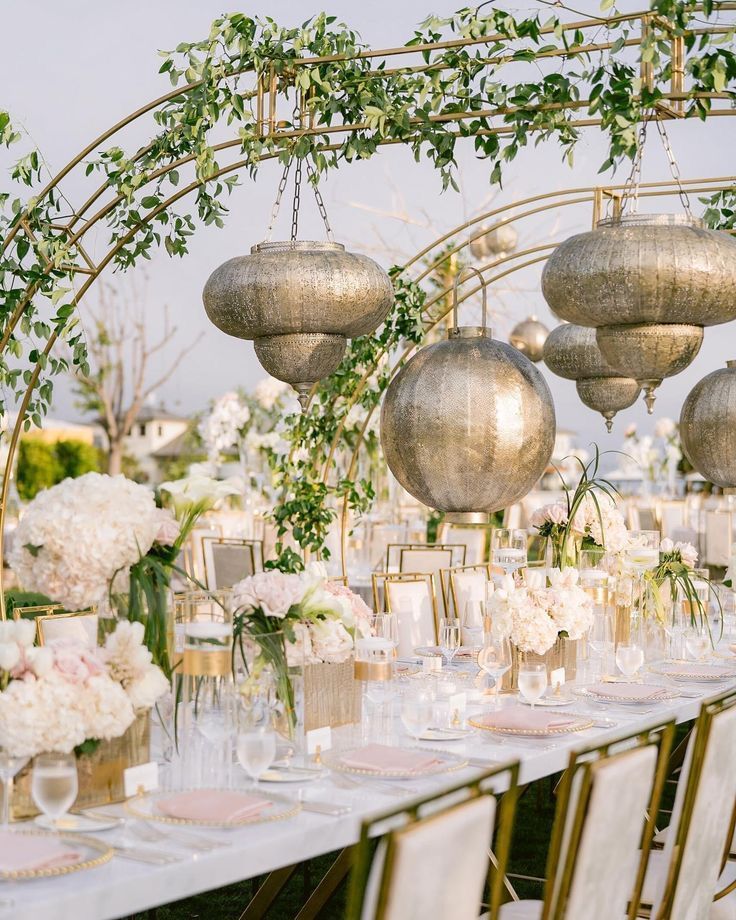
Metal lanterns with intricate patterns and designs are a beautiful and symbolic addition to wedding decor, especially in Muslim and Arab wedding traditions. These lanterns, often adorned with delicate filigree or geometric shapes, bring a touch of elegance and sophistication to the celebration. The soft glow emitted through the ornate metalwork creates a warm, intimate atmosphere that enhances the romantic ambiance of the event. Whether used as centerpieces, hanging from the ceiling, or lining the pathways, these lanterns symbolize light and hope, often signifying the couple’s journey toward a bright future together. Their rich cultural significance and timeless beauty make them a perfect choice for weddings seeking a blend of tradition and elegance.
8. Ring Exchange
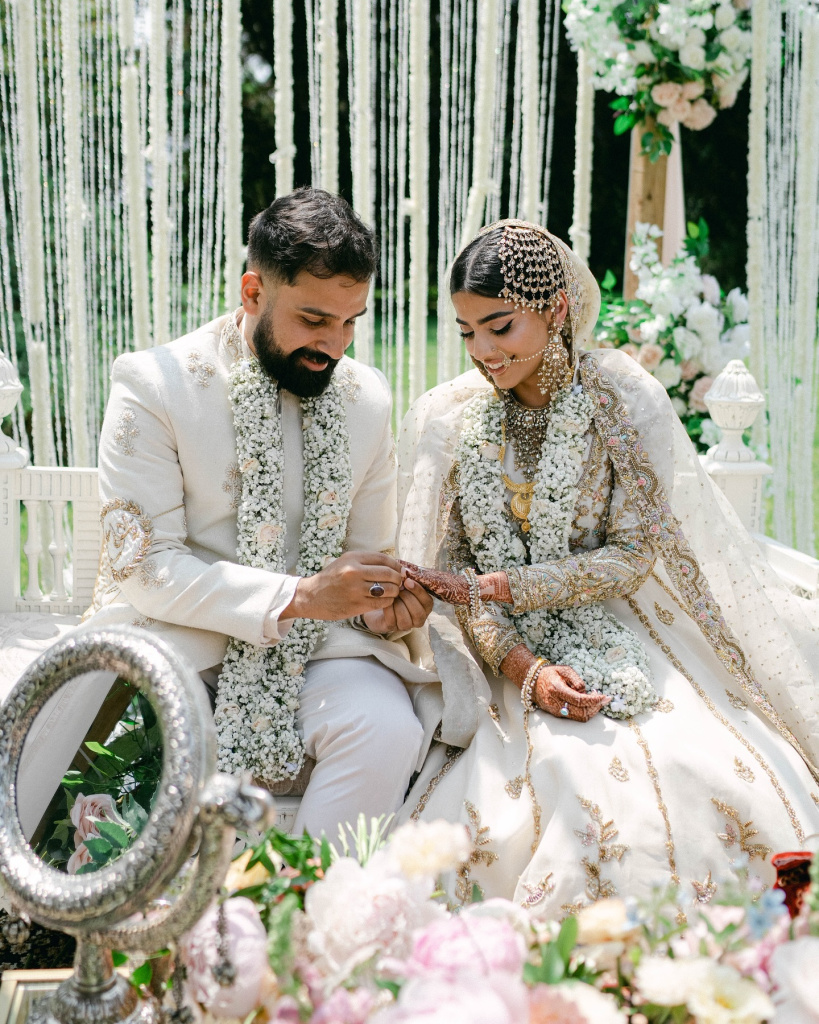
The exchange of rings is one of the most significant rituals in Arab weddings, symbolizing the union of two lives and the commitment to a shared future. During the ceremony, the groom and bride exchange wedding rings, which are often made of gold or other precious metals, signifying not only love and devotion but also wealth and status. This tradition is deeply rooted in Islamic culture, where the exchange of rings is seen as a physical representation of the marriage contract, known as "aqd al-nikah". The act of exchanging rings is typically accompanied by prayers and blessings, emphasizing the sacred nature of the bond. In many Arab cultures, the groom may also gift the bride a set of rings as part of the dowry or mahr, further solidifying the importance of the union. This timeless ritual is a meaningful gesture that marks the beginning of a lifelong partnership.
9. Gold Jewelry and Wedding Gifts
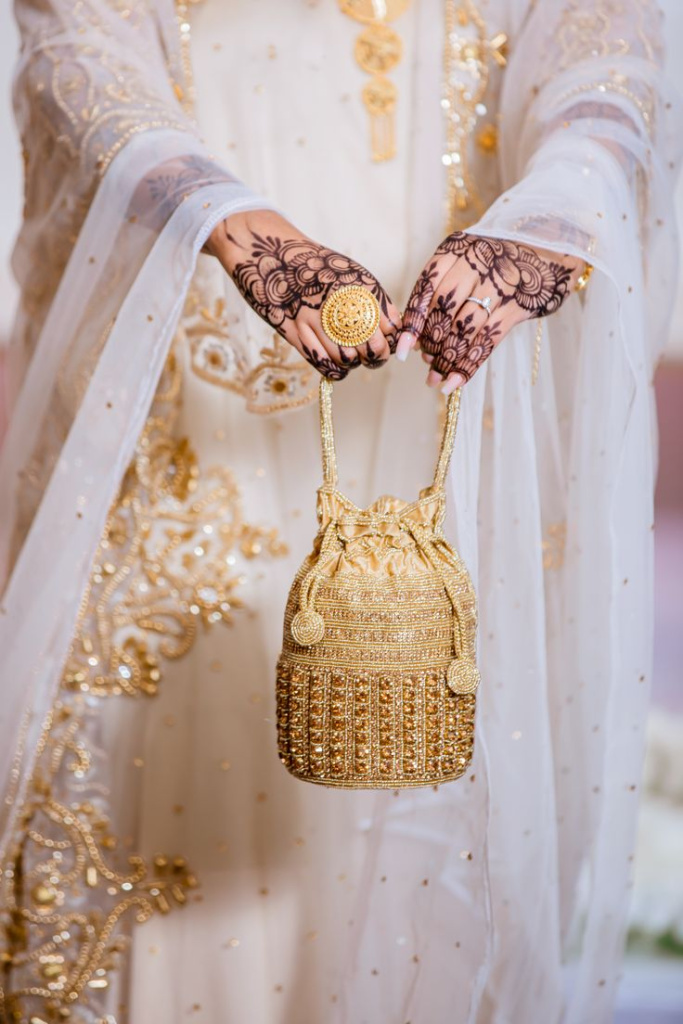
Gold jewelry and golden pouches are essential elements in Arab weddings, symbolizing wealth, prosperity, and the high status of the bride and her family. In many Arab cultures, it is customary for the groom and his family to present the bride with gold jewelry, often as part of the (dowry), which is a traditional gift given to the bride. These pieces of jewelry are crafted from pure gold and often adorned with precious stones, signifying both luxury and protection. Additionally, a golden pouch, sometimes used to hold symbolic items such as money, jewelry, or sweets, plays a key role in the wedding ceremony, representing blessings and well-wishes for the newlyweds. The prominence of gold in these traditions underscores its cultural significance in Arab weddings, where it is seen as a mark of the union's importance and a promise of future happiness.
10. Quranic Recitation
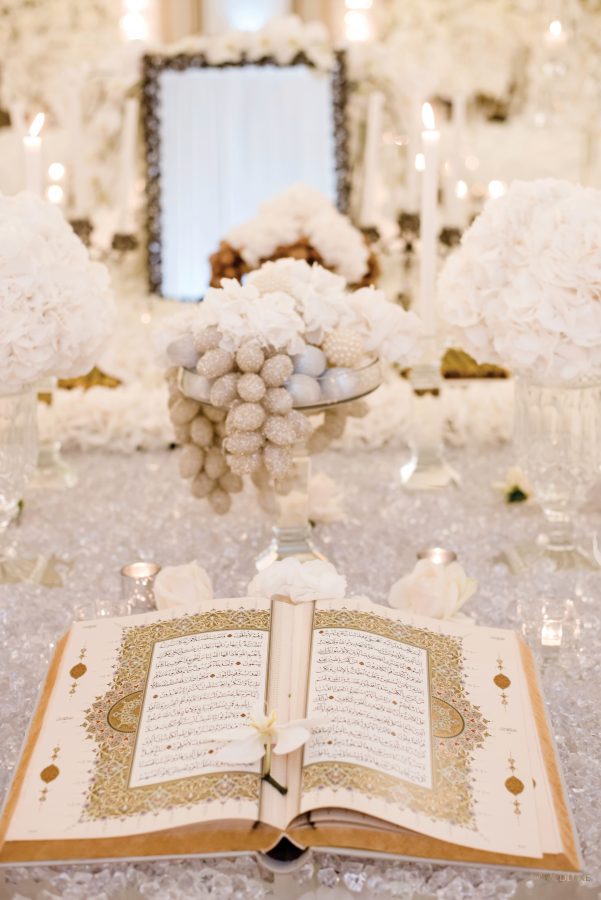
A Quranic recitation is an essential part of many Arab Muslim weddings, often performed during the katb kitab or at the start of the ceremony. This act seeks Allah’s blessings for the couple’s marriage and emphasizes the spiritual foundation of their union. The verses chosen often focus on themes of love, mercy, and partnership in marriage. Guests listen attentively, reflecting on the significance of the words and their role in guiding the couple’s future. The recitation adds a serene and sacred dimension to the celebration, reminding everyone of the divine presence in their lives.

11. Rukhsati
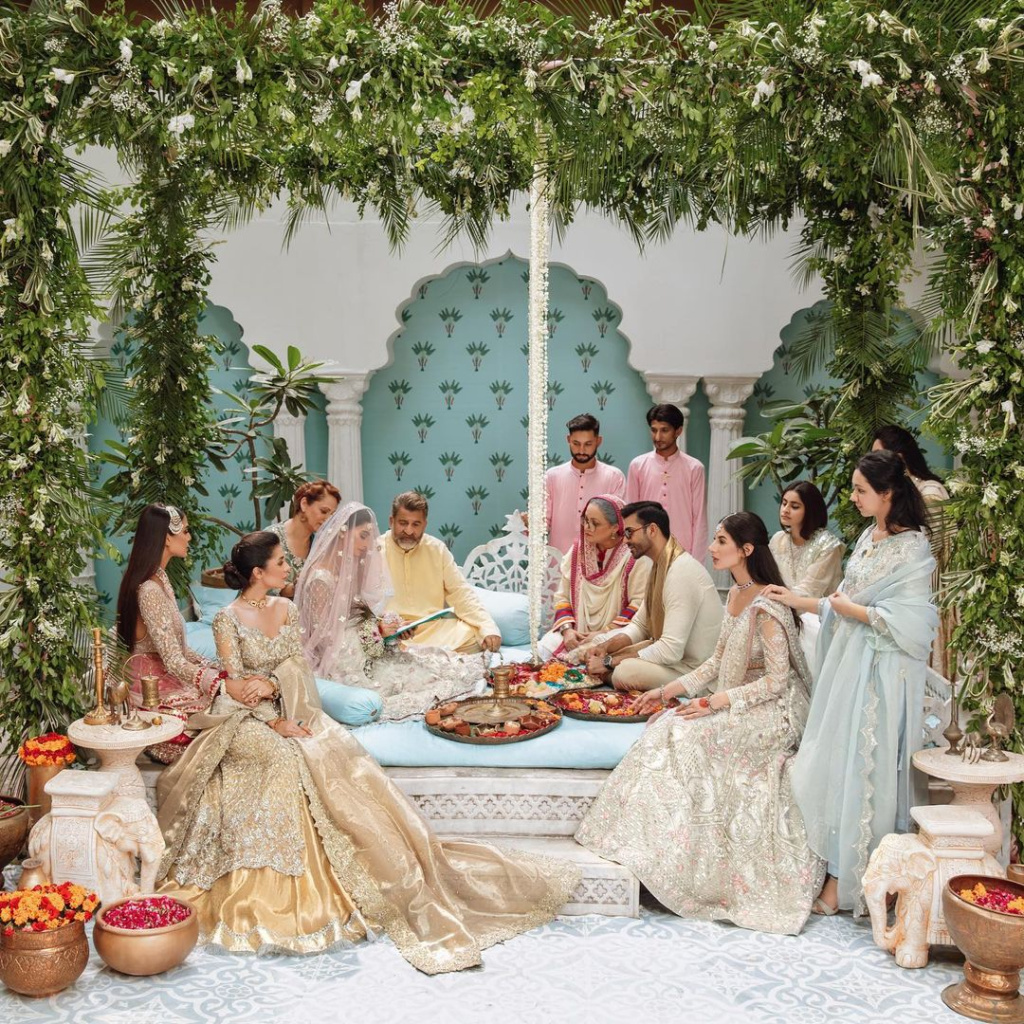
Rukhsati, also known as the "bride's departure," is a deeply emotional and significant tradition in Muslim weddings, particularly in South Asia. It marks the moment when the bride officially leaves her parental home to begin her new life with the groom. Surrounded by her family, the bride bids farewell with heartfelt tears, symbolizing the bittersweet emotions of joy and sadness. The groom and his family often accompany the bride as she departs, signifying their acceptance of her as a valued member of their household. This tradition is rich with cultural significance, emphasizing the importance of family ties, love, and unity. The Rukhsati is often accompanied by prayers for the couple’s happiness and a prosperous married life.
12. The Walima
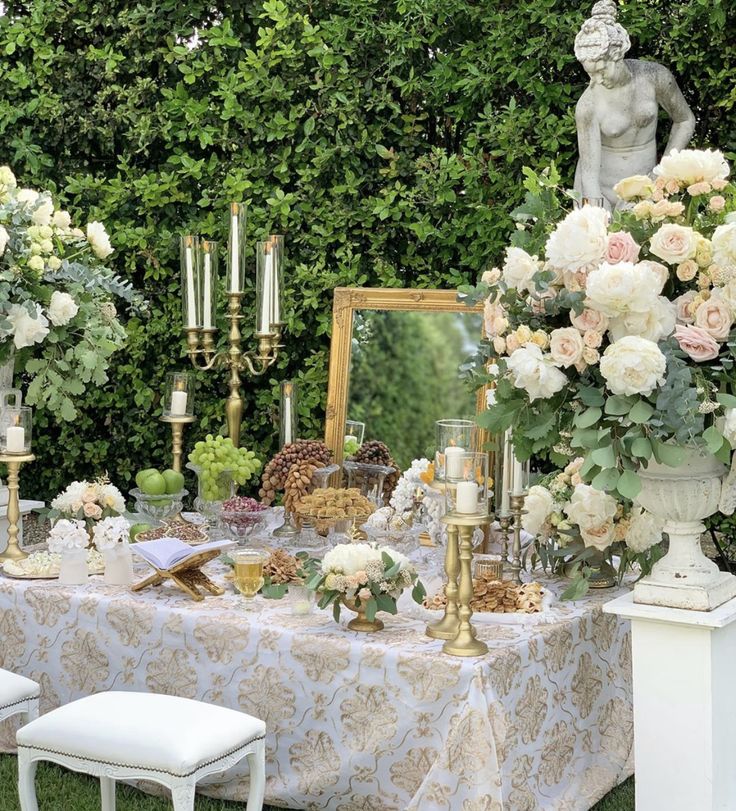
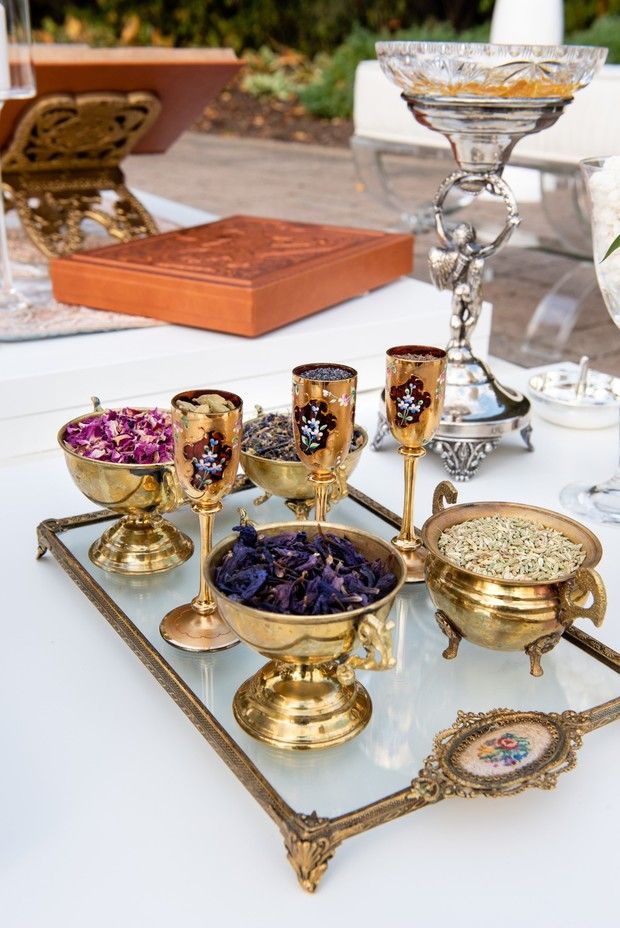
The walima, or post-wedding banquet, is a significant event hosted by the groom’s family to celebrate the couple’s union. It is often a grand affair, inviting extended family, friends, and community members to share in the joy. The walima represents gratitude to Allah and serves as a public declaration of the marriage. Guests are treated to a feast featuring traditional dishes, music, and entertainment. This event is an opportunity for the couple to receive blessings and well wishes from their loved ones. The walima is a beautiful conclusion to the wedding festivities, combining tradition with heartfelt celebration.
Arab Muslim weddings are a reflection of love, unity, and cultural pride. From the spiritual significance of the katb kitab to the lively zaffa procession, each tradition tells a story of heritage and devotion. These ceremonies not only unite two individuals but also bring families and communities together, creating memories that last a lifetime.










